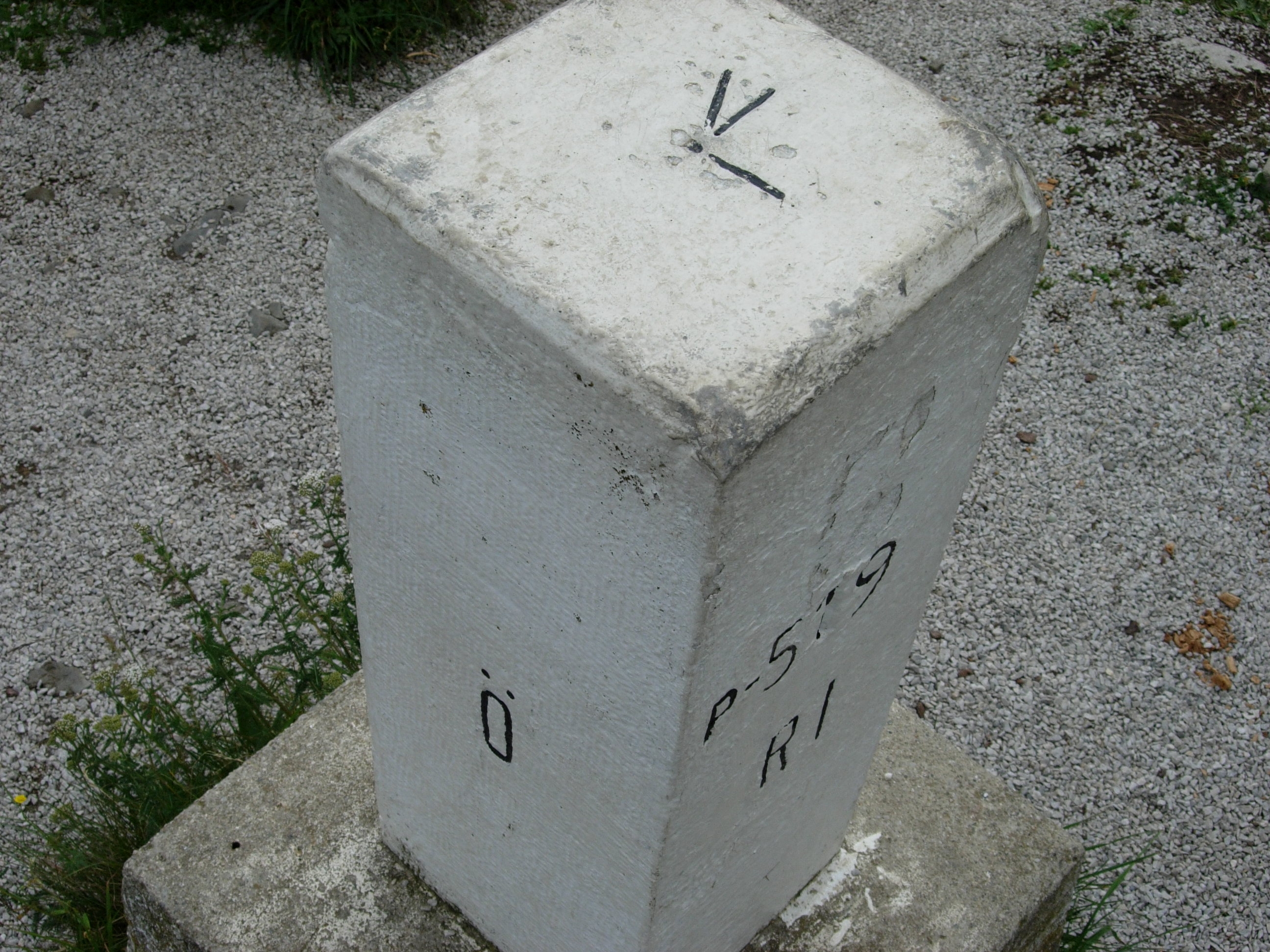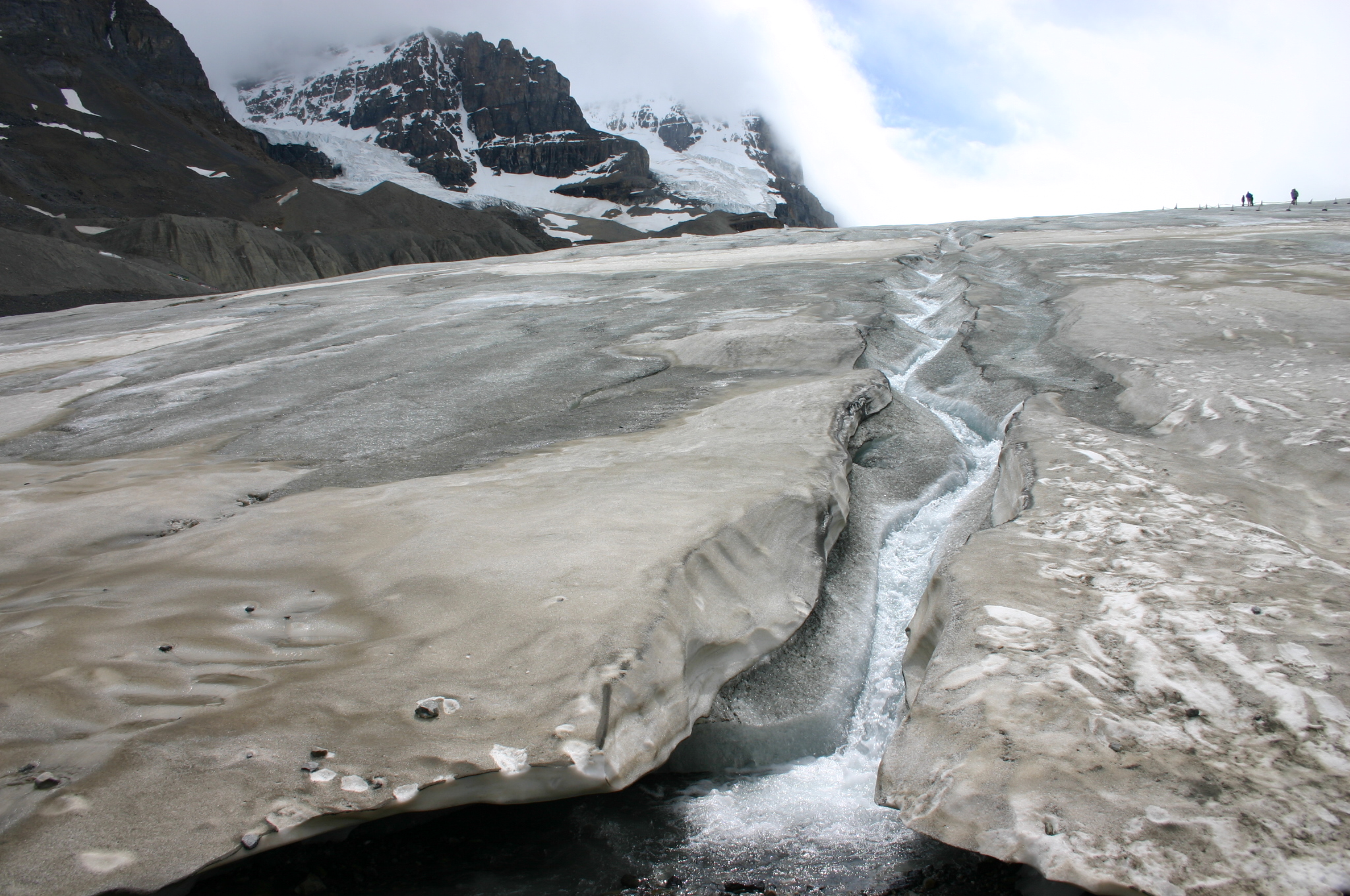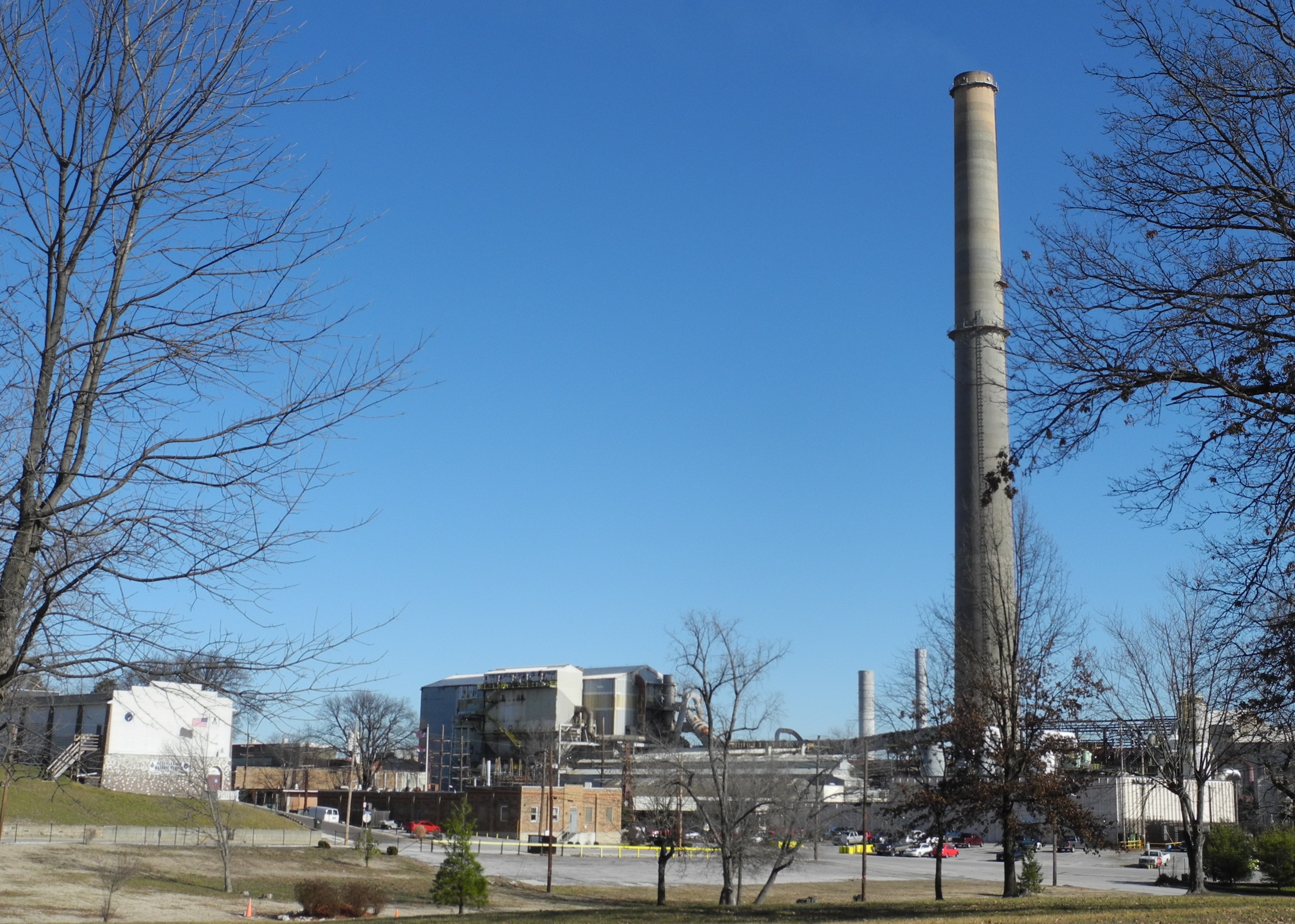|
Gailitz
The Slizza ( Italian) or Gailitz (German; fur, Slize, sl, Ziljica) is an Alpine torrent in Italy and Austria, a right tributary of the river Gail. Its drainage basin is . Course Its source is below the Sella Nevea mountain pass in the Julian Alps, where it is known as the Rio del Lago (''Seebach''). , tarvisiano.org. Its flows in a north-easterly direction through and via down towards the town of Tarvisio. Here ... [...More Info...] [...Related Items...] OR: [Wikipedia] [Google] [Baidu] |
Arnoldstein
Arnoldstein ( sl, Podklošter, it, Oristagno) is a market town in the district of Villach-Land in the Austrian state of Carinthia. Geography Location Arnoldstein is located at Austria's southern border between the Carnic Alps and the Karawanken mountain range, near the confluence of the Gailitz (Slovene: ''Ziljica'', Italian: ''Slizza'') and the Gail River (Slovene: ''Zilja'', Italian: ''Zeglia''). The tripoint with Tarvisio in Italy and Kranjska Gora in Slovenia is south of the town at the top of the mountain ''Ofen'' (Slovene: ''Peč'', Italian: ''Monte Forno'') at 1,509m/4,951 ft. Today there is a marker at this location. Arnoldstein can be reached via the A2 Süd Autobahn from Vienna and the parallel Austrian Southern Railway (''Rudolfsbahn''), running from Klagenfurt to the Italian border, where it is continued by the Italian '' Pontebbana'' line to Udine. Subdivision Arnoldstein is divided into six Katastralgemeinden: Arnoldstein (''Podklošter''), Hart (''Ločil ... [...More Info...] [...Related Items...] OR: [Wikipedia] [Google] [Baidu] |
Rivers Of Austria
This is a list of rivers (or tributaries thereof) at least partially located in Austria. Nearly all of Austria is drained by the Danube into the Black Sea; the rest flow into the North Sea. Rivers are listed twice, first by basin, then alphabetically. Within basins, rivers that flow into the sea are listed alphabetically. Rivers that flow into other rivers are sorted by the proximity of their points of confluence to the sea (the lower in the list, the more upstream). Rivers which themselves do not flow through Austria, but have tributaries that do so (e.g. Vltava) are listed in ''italics''. The Austrian namens are given in brackets, (e.g. Rhine (Rhein)). By basin Draining into the Black Sea *Danube (Donau) (in Sulina, Romania) **Drava (Drau) (near Osijek, Croatia) *** Mur (near Legrad, Croatia) ****Ledava (near Muraszemenye, Hungary) **** Sulm (south of Leibnitz, between Retznei and Obervogau) **** Kainach (in Wildon) ****Mürz (in Bruck an der Mur) *** Pesnica (Pößnitz) (nea ... [...More Info...] [...Related Items...] OR: [Wikipedia] [Google] [Baidu] |
Gail (river)
Gail ( sl, Zilja, it, Zeglia) is the name of a river in southern Austria, the largest right tributary of the Drava. Its drainage basin is . Etymology The name ''Gail'' developed from Old High German ''Gîla'', in turn from the form ''*Gīla'' (which was also the source of the Slovene name ''Zilja''). It is likely that the name is of substrate origin, predating the Roman presence in the area. The name is believed to derive from the pre-Romance word ''*gai̯li̯a'' (from the Indo-European root ''*gʰoi̯lo-''), meaning 'foaming (water), powerful'. The river is documented as ''Gila'' in a 1090 deed. The Slovene name ''Zilja'' is also commonly cited because the lower Gail Valley is a traditional settlement area of the Carinthian Slovenes and a language region of the distinct Gail Valley dialect. Course The river source is located east of the Kartitsch Saddle and the Puster Valley in the Tyrolean municipality of Obertilliach. It flows from west to east through the Southern Limestone A ... [...More Info...] [...Related Items...] OR: [Wikipedia] [Google] [Baidu] |
Carnic Alps
The Carnic Alps ( it, Alpi Carniche; german: Karnische Alpen; sl, Karnijske Alpe; fur, Alps Cjargnelis) are a range of the Southern Limestone Alps in Austria and northeastern Italy. They are within Austrian East Tyrol and Carinthia, and Italian Friuli (Province of Udine) and marginally in Veneto. Etymology They are named after the Roman province of Carnia, which probably has a Celtic origin. The mountains gave their name to the stage on the geologic time scale known as Carnian, an age in the Triassic Period. Geography They extend from east to west for about between the Gail River, a tributary of the Drava and the Tagliamento, forming the border between Austria and Italy. Alpine Club classification In the Carnic Alps is the southernmost glacier in Austria, the Eiskar, nestling in the Kellerwand massif. Notable peaks Among the most important mountains of the range are: * / (2,782 m) * (2,774 m) * / (2,694 m) * / (2,689 m) * (2,603 m) * (2,586 m) ... [...More Info...] [...Related Items...] OR: [Wikipedia] [Google] [Baidu] |
Rivers Of The Province Of Udine
A river is a natural flowing watercourse, usually freshwater, flowing towards an ocean, sea, lake or another river. In some cases, a river flows into the ground and becomes dry at the end of its course without reaching another body of water. Small rivers can be referred to using names such as creek, brook, rivulet, and rill. There are no official definitions for the generic term river as applied to geographic features, although in some countries or communities a stream is defined by its size. Many names for small rivers are specific to geographic location; examples are "run" in some parts of the United States, "burn" in Scotland and northeast England, and "beck" in northern England. Sometimes a river is defined as being larger than a creek, but not always: the language is vague. Rivers are part of the water cycle. Water generally collects in a river from precipitation through a drainage basin from surface runoff and other sources such as groundwater recharge, springs, a ... [...More Info...] [...Related Items...] OR: [Wikipedia] [Google] [Baidu] |
Rivers Of Carinthia (state)
A river is a natural flowing watercourse, usually freshwater, flowing towards an ocean, sea, lake or another river. In some cases, a river flows into the ground and becomes dry at the end of its course without reaching another body of water. Small rivers can be referred to using names such as creek, brook, rivulet, and rill. There are no official definitions for the generic term river as applied to geographic features, although in some countries or communities a stream is defined by its size. Many names for small rivers are specific to geographic location; examples are "run" in some parts of the United States, "burn" in Scotland and northeast England, and "beck" in northern England. Sometimes a river is defined as being larger than a creek, but not always: the language is vague. Rivers are part of the water cycle. Water generally collects in a river from precipitation through a drainage basin from surface runoff and other sources such as groundwater recharge, springs, a ... [...More Info...] [...Related Items...] OR: [Wikipedia] [Google] [Baidu] |
Rivers Of Friuli-Venezia Giulia
A river is a natural flowing watercourse, usually freshwater, flowing towards an ocean, sea, lake or another river. In some cases, a river flows into the ground and becomes dry at the end of its course without reaching another body of water. Small rivers can be referred to using names such as creek, brook, rivulet, and rill. There are no official definitions for the generic term river as applied to geographic features, although in some countries or communities a stream is defined by its size. Many names for small rivers are specific to geographic location; examples are "run" in some parts of the United States, "burn" in Scotland and northeast England, and "beck" in northern England. Sometimes a river is defined as being larger than a creek, but not always: the language is vague. Rivers are part of the water cycle. Water generally collects in a river from precipitation through a drainage basin from surface runoff and other sources such as groundwater recharge, springs, a ... [...More Info...] [...Related Items...] OR: [Wikipedia] [Google] [Baidu] |
Rivers Of Italy
This is a list of rivers which are at least partially located in Italy. They are organized according to the body of water they drain into, with the exceptions of Sicily and Sardinia, which are listed separately. At the bottom, all of the rivers are also listed alphabetically. Italian rivers are generally shorter than those of other European regions because Italy is partly a Italian Peninsula, peninsula along which the Apennines, Apennine chain rises, dividing the waters into two opposite sides. The longest Italian river is the Po (river), Po, which flows for along the Po Valley. Rivers in Italy total about 1,200, and give rise, compared to other List of sovereign states and dependent territories in Europe, European countries, to a large number of marine mouths. This is due to the relative abundance of rain events in Italy, and to the presence of the Alps, Alpine chain rich in snowfields and glaciers in the northern part of the country, in the presence of the Apennines in the cent ... [...More Info...] [...Related Items...] OR: [Wikipedia] [Google] [Baidu] |
European Bullhead
The European bullhead (''Cottus gobio'') is a freshwater fish that is widely distributed in Europe, mainly in rivers. It is a member of the family Cottidae, a type of sculpin. It is also known as the miller's thumb, freshwater sculpin, common bullhead, and cob. The European bullhead is a small demersal fish that lives both in cold, clear, fast-flowing small streams and in middle-sized rivers. It also occurs on gravelly shores of cold lakes. Further, it thrives in diluted brackish water of the Northern Baltic Sea. Description The bullhead has a large broad head and tapering body, large fins and a rounded tail. The eyes are located near the top of the head. To the distinction from the other freshwater sculpin species found in Northern Europe, it can be told from the alpine bullhead ''Cottus poecilopus'' by the fact that the rays of its pelvic fins are of similar lengths while the first and last rays are longer in the alpine bullhead. It can be distinguished from the fourhorn sc ... [...More Info...] [...Related Items...] OR: [Wikipedia] [Google] [Baidu] |
Thymallus Thymallus
''Thymallus thymallus'', the grayling or European grayling, is a species of freshwater fish in the salmon family Salmonidae. It is the only species of the genus ''Thymallus'' (the graylings) native to Europe, where it is widespread from the United Kingdom and France to the Ural Mountains in Russia, and Balkans on the south-east, but does not occur in the southern parts of the continent. It was introduced to Morocco in 1948, but it does not appear to have become established there. Description The grayling grows to a maximum recorded length of and a maximum recorded weight of . Of typical ''Thymallus'' appearance, the grayling proper is distinguished from the similar Arctic grayling (''T. arcticus arcticus'') by the presence of 5–8 dorsal and 3–4 anal spines, which are absent in the other species; ''T. thymallus'' also has a smaller number of soft rays in these fins. Individuals of the species have been recorded as reaching an age of 14 years. The grayling prefers cold, clean, ... [...More Info...] [...Related Items...] OR: [Wikipedia] [Google] [Baidu] |
Brown Trout
The brown trout (''Salmo trutta'') is a European species of salmonid fish that has been widely introduced into suitable environments globally. It includes purely freshwater populations, referred to as the riverine ecotype, ''Salmo trutta'' morpha ''fario'', a lacustrine ecotype, ''S. trutta'' morpha ''lacustris'', also called the lake trout, and anadromous forms known as the sea trout, ''S. trutta'' morpha ''trutta''. The latter migrates to the oceans for much of its life and returns to fresh water only to spawn. Sea trout in Ireland and Britain have many regional names: sewin in Wales, finnock in Scotland, peal in the West Country, mort in North West England, and white trout in Ireland. The lacustrine morph of brown trout is most usually potamodromous, migrating from lakes into rivers or streams to spawn, although evidence indicates some stocks spawn on wind-swept shorelines of lakes. ''S. trutta'' morpha ''fario'' forms stream-resident populations, typically in alpine stre ... [...More Info...] [...Related Items...] OR: [Wikipedia] [Google] [Baidu] |
Lead Smelting
Plants for the production of lead are generally referred to as lead smelters. Primary lead production begins with sintering. Concentrated lead ore is fed into a sintering machine with iron, silica, limestone fluxes, coke, soda ash, pyrite, zinc, caustics or pollution control particulates. Smelting uses suitable reducing substances that will combine with those oxidizing elements to free the metal. Reduction is the final, high-temperature step in smelting. It is here that the oxide becomes the elemental metal. A reducing environment (often provided by carbon monoxide in an air-starved furnace) pulls the final oxygen atoms from the raw metal. Lead is usually smelted in a blast furnace, using the lead sinter produced in the sintering process and coke to provide the heat source. As melting occurs, several layers form in the furnace. A combination of molten lead and slag sinks to the bottom of the furnace, with a layer of the lightest elements referred to as speiss, including arsenic ... [...More Info...] [...Related Items...] OR: [Wikipedia] [Google] [Baidu] |






_(6102597595).jpg)

